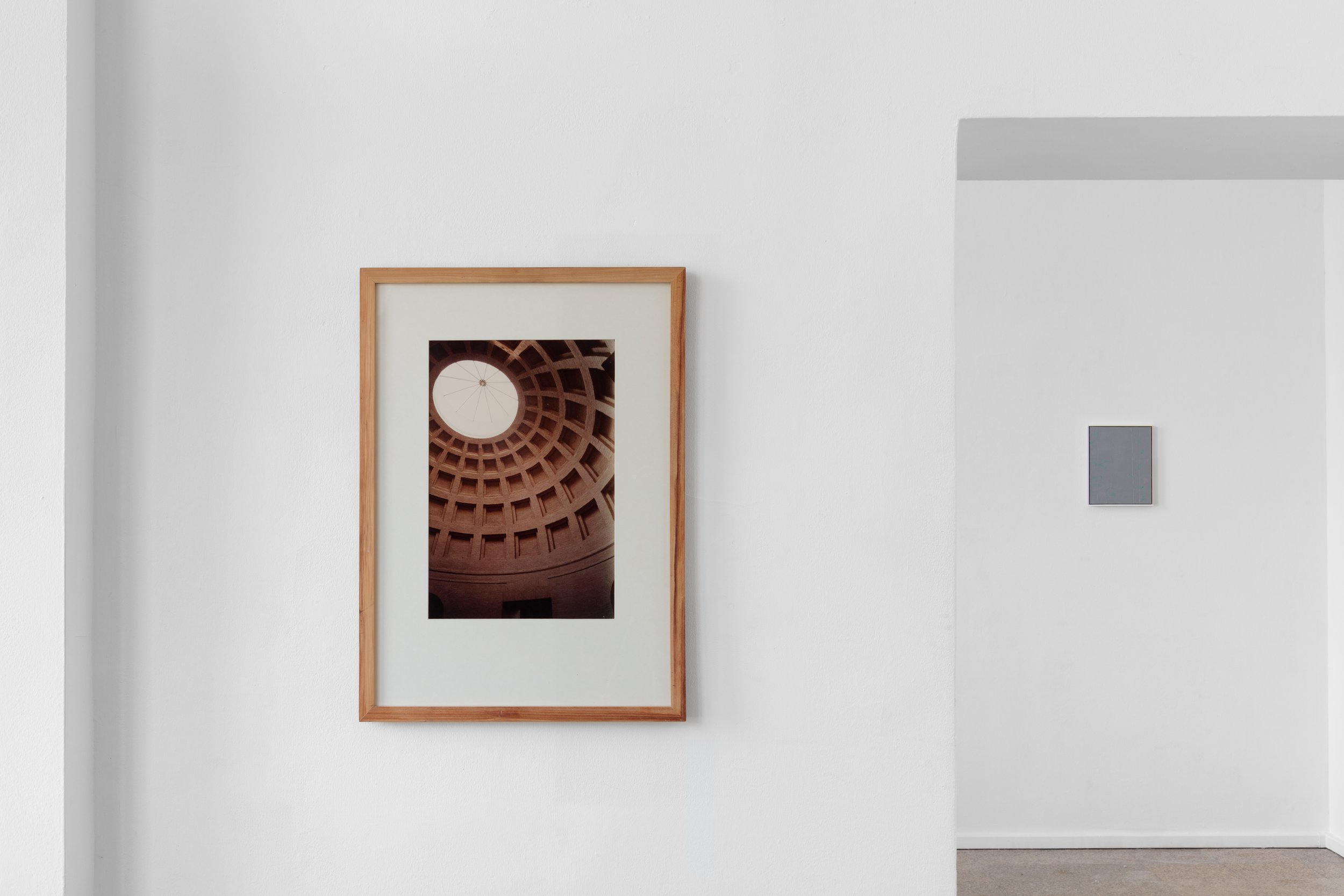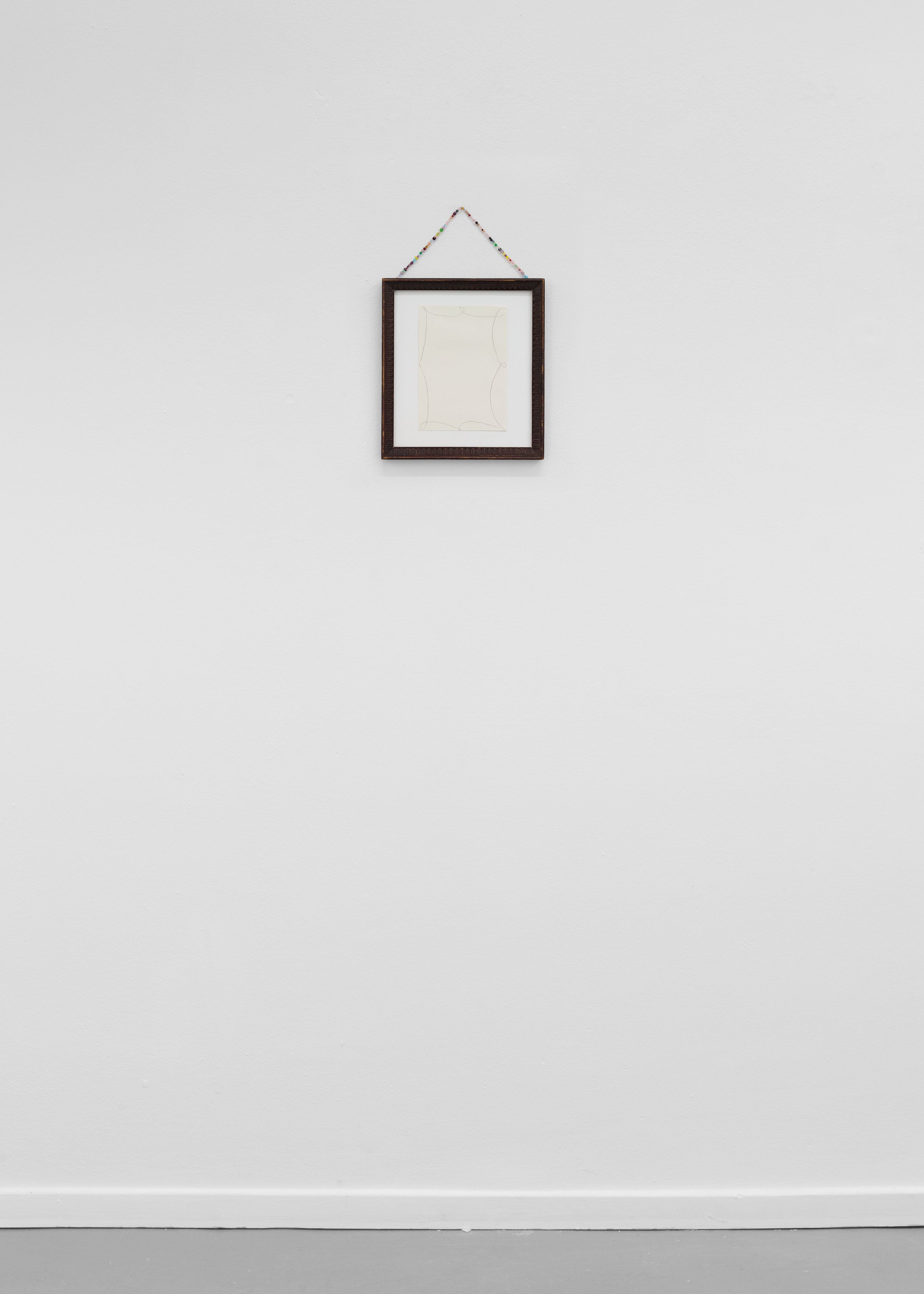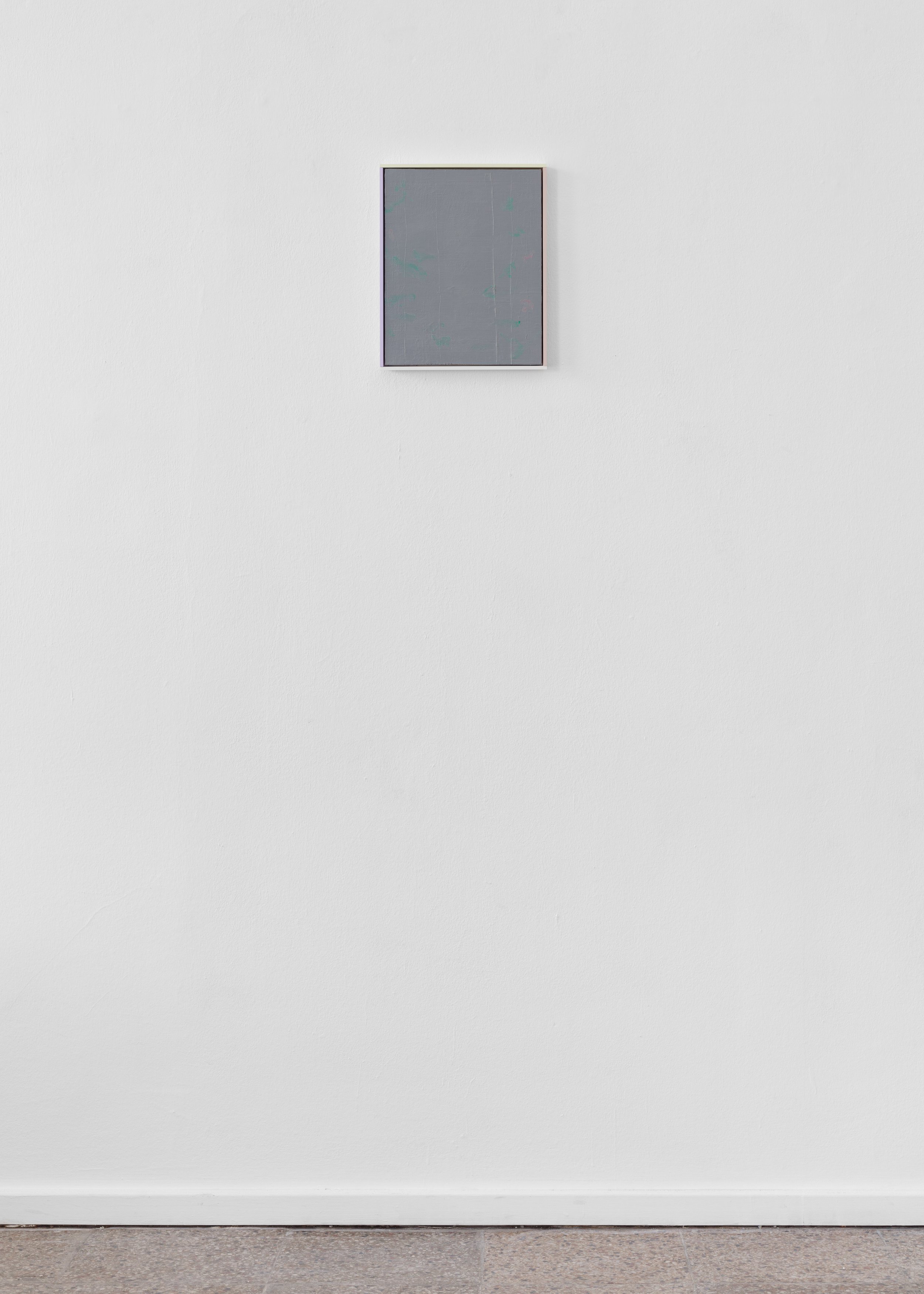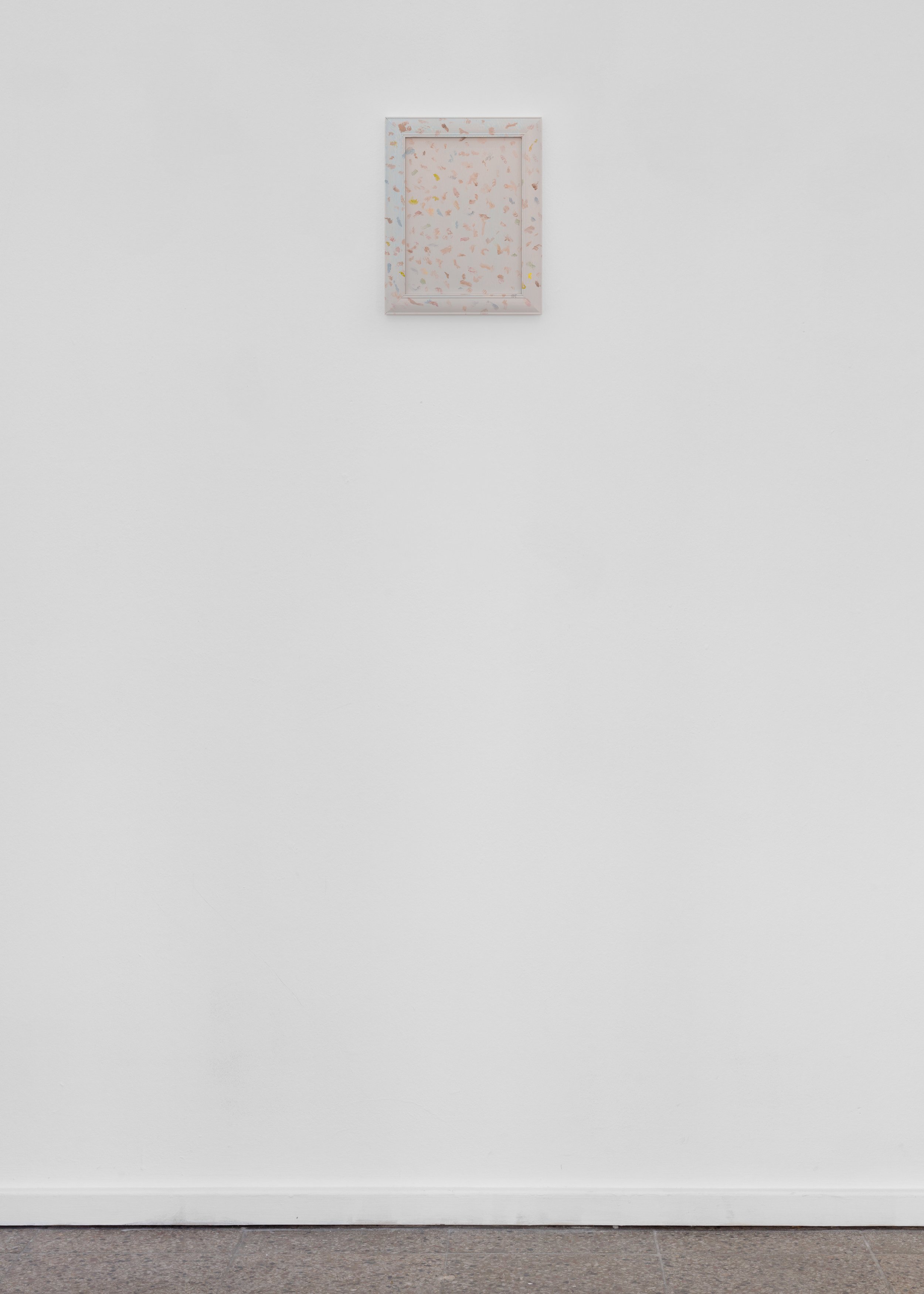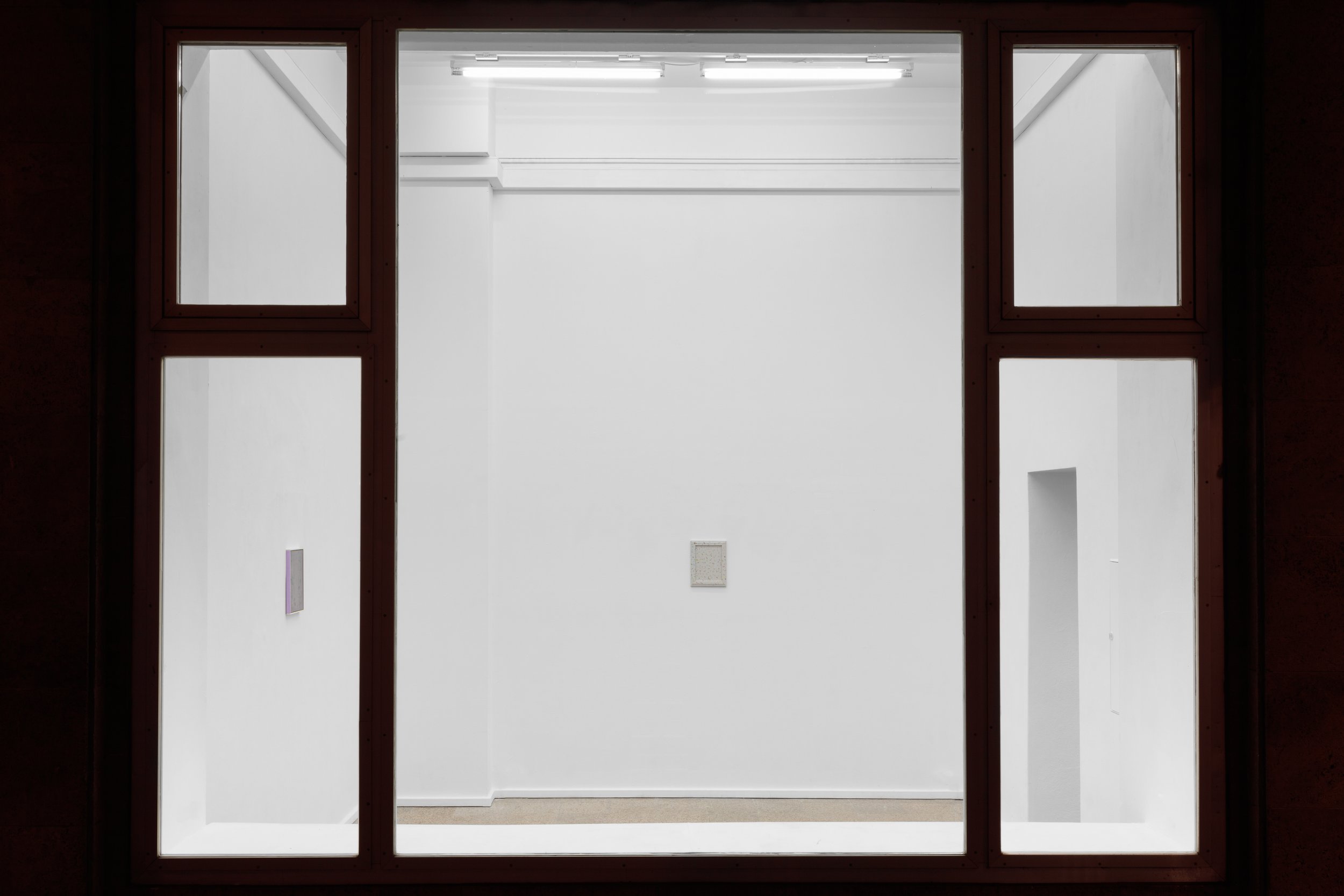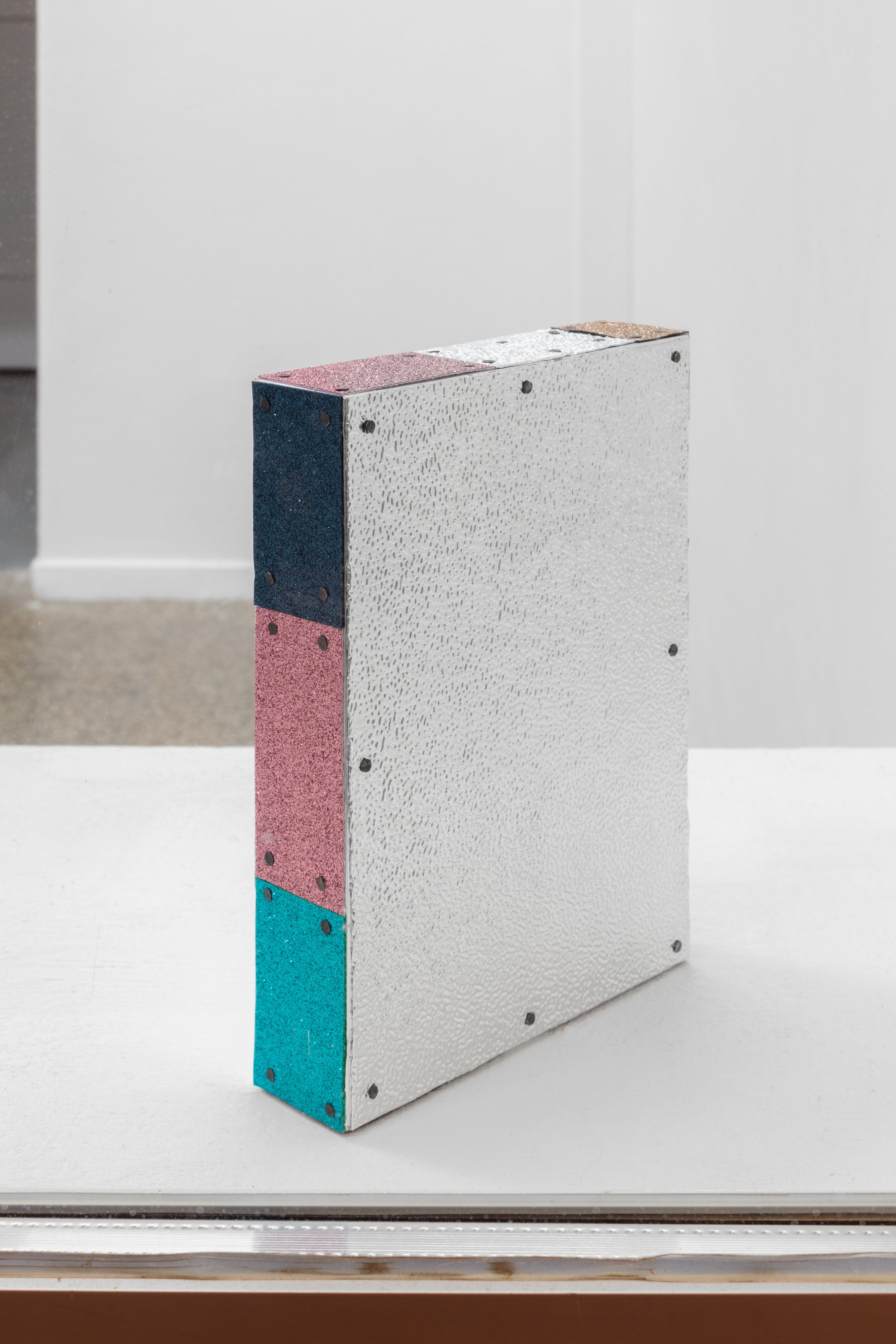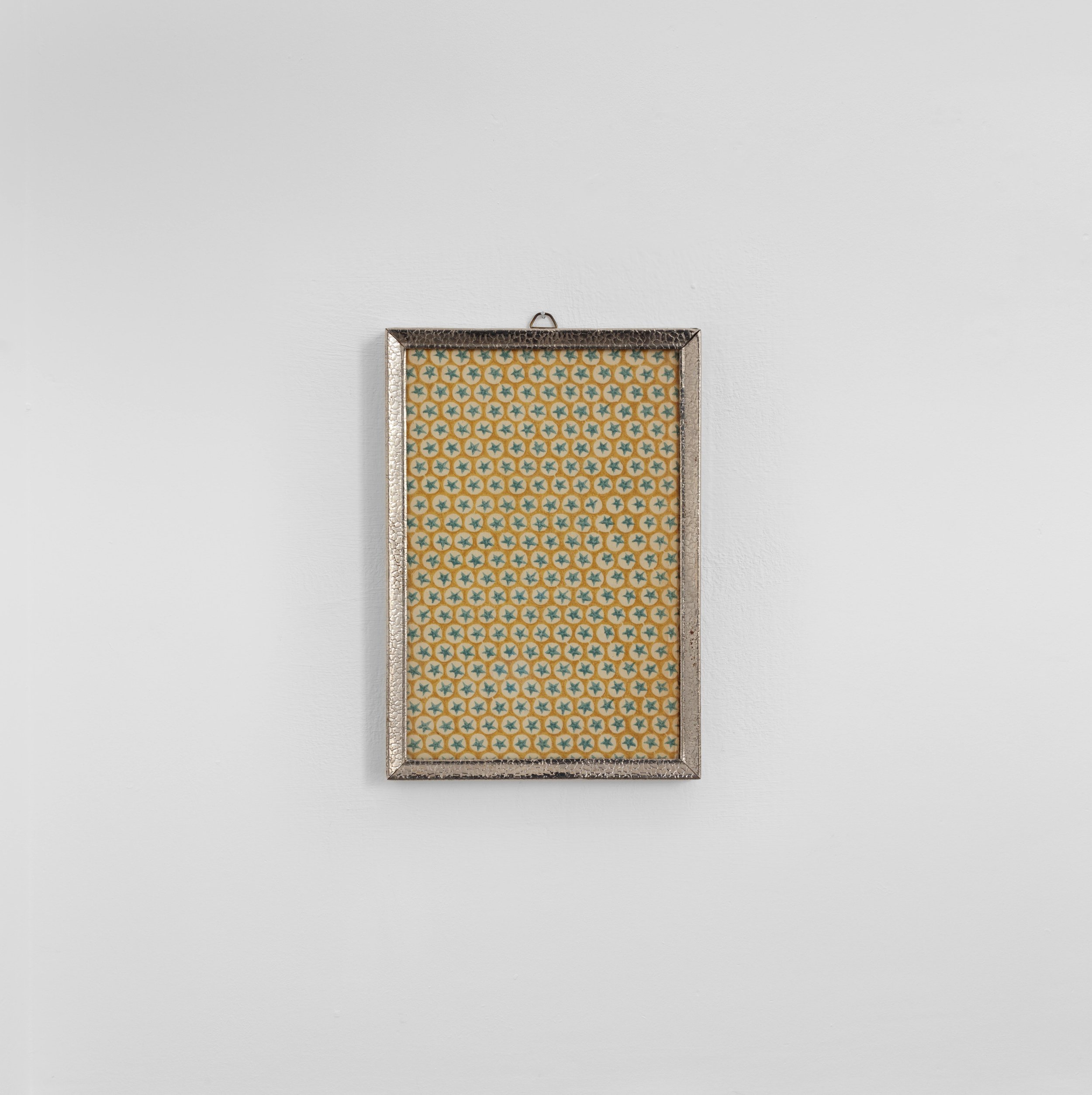OPENING HOURS
The current exhibition is open on the following days. If you can’t make it during our opening hours, you are welcome to schedule an appointment to visit the exhibition. Please email camila@j-u-n-e.eu to schedule.
Friday, August 5, 2 - 6pm
Saturday, August 6, 2 - 6pm
Friday, August 12, 12 - 6pm
Saturday, August 13, 12 - 6pm
Friday, August 19, 12 - 6pm
Saturday, August 27, 12 - 6pm
